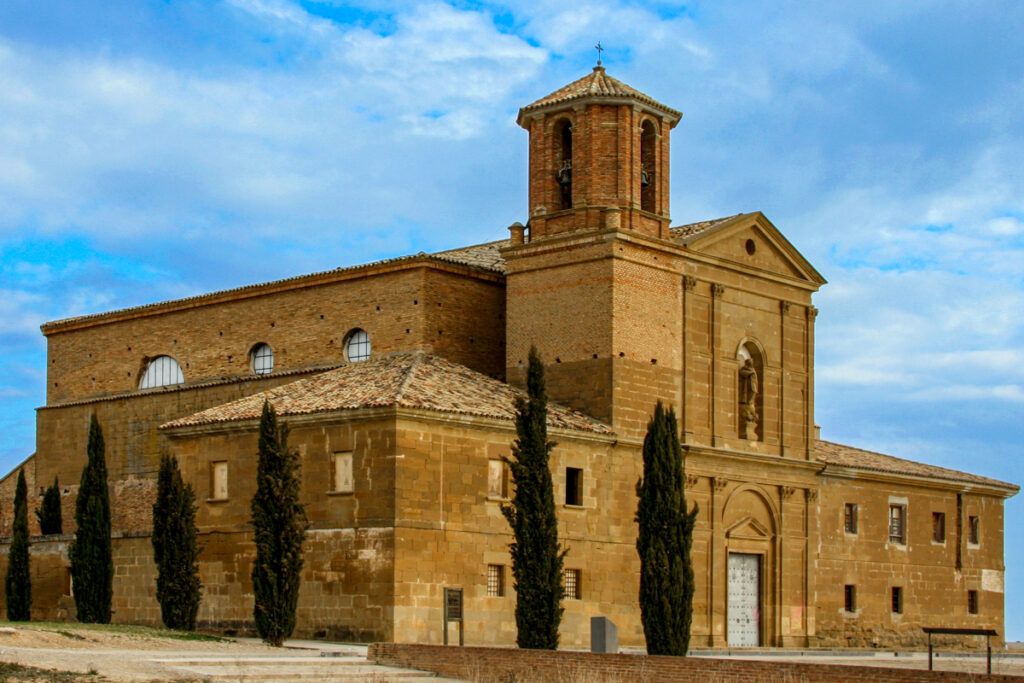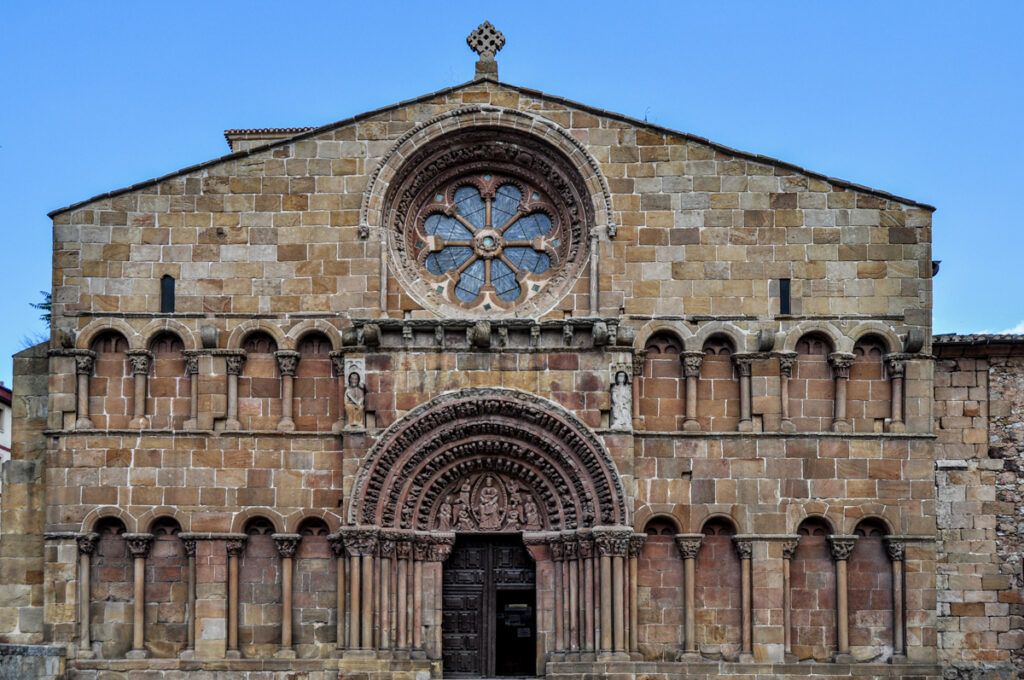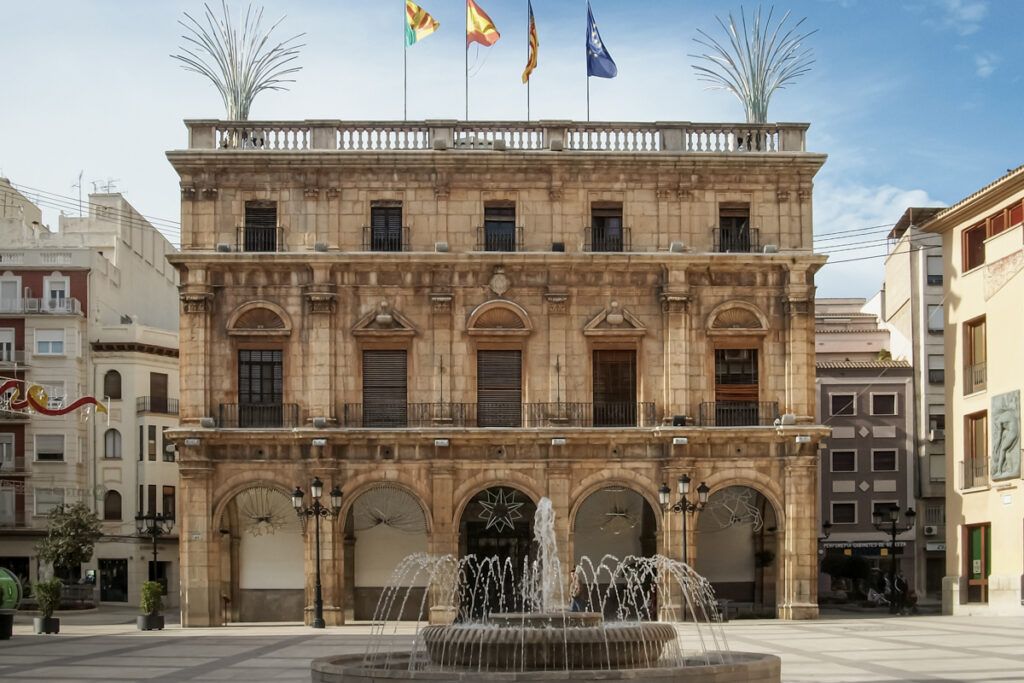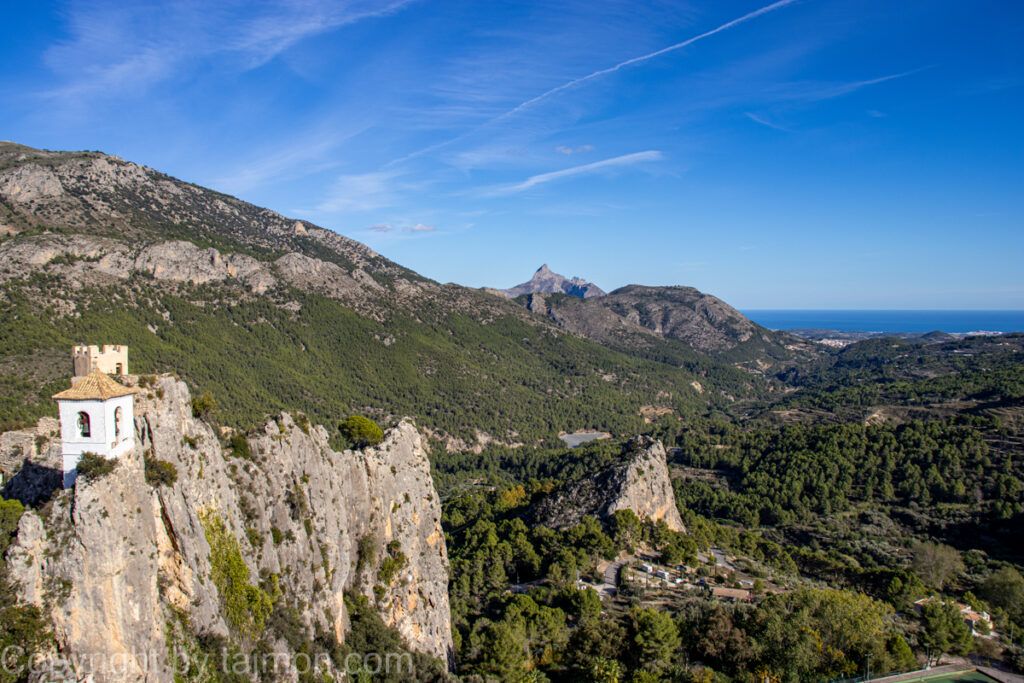Ciudad de las Artes y las Ciencias
The City of Arts and Sciences is one of the most important tourist attractions in Valencia. It is located at the end of the old Turia riverbed, which has been transformed into a city park. The complex consists of six main buildings, each dedicated to different fields of science and culture. It was designed by the renowned architect Santiago Calatrava and opened in 1998. The buildings that make up the complex are:
Hemisfèric
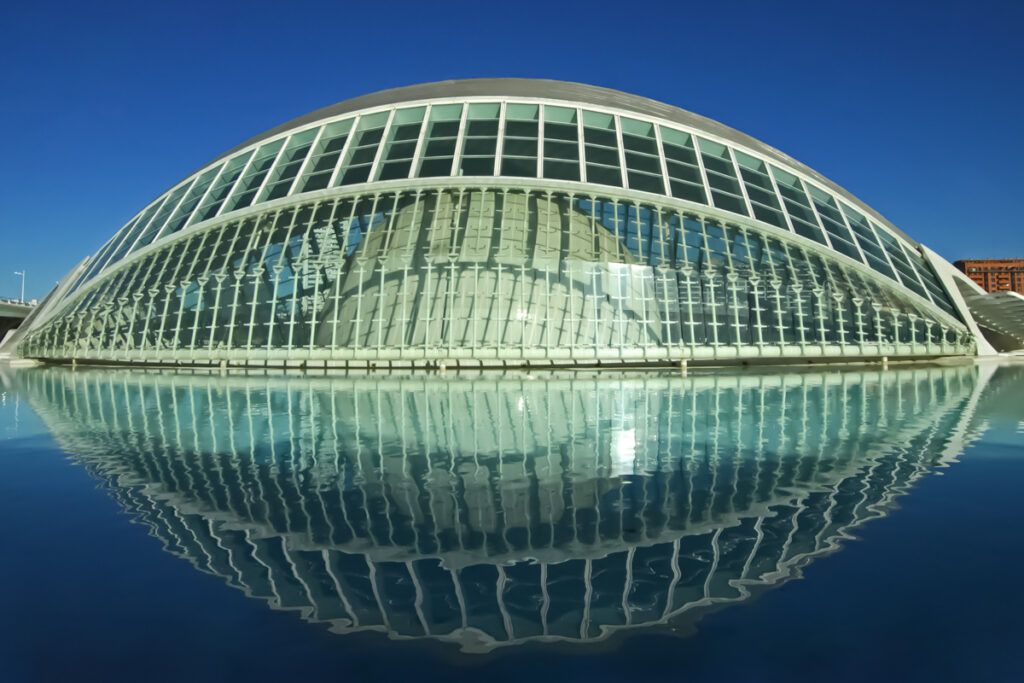
Hemisfèric in Valencia is a unique place that is part of the Ciudad de las Artes y las Ciencias complex. It was designed by the famous architect Santiago Calatrava and opened to the public in 1998. The Hemisfèric building is unique due to its architecture, which was designed to resemble a huge human eye, symbolizing observation and discovery of the world. Inside the “eye” is a large projection room, which is the largest of its kind in Spain.
This room offers three different projection systems on a 900 square meter screen: IMAX Dome, 3D digital cinema, and digital projections that include astronomical representations and entertainment shows. Hemisfèric is a place that allows visitors to discover the world through amazing audio-visual projections. It is a place that will surely satisfy both science and art enthusiasts.
Umbracle
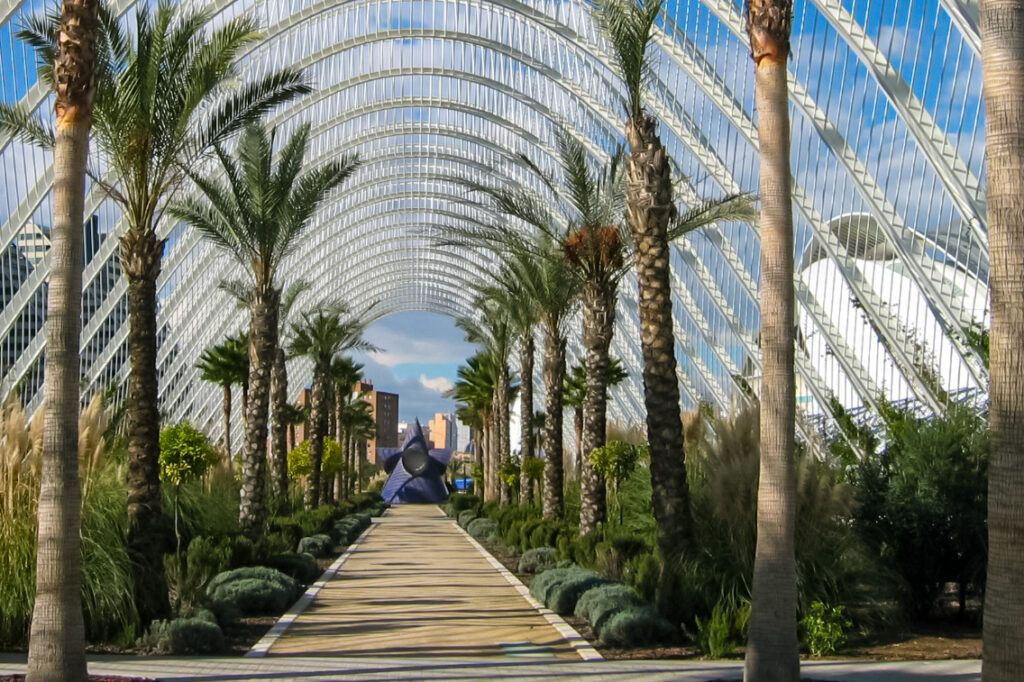
Umbracle is a unique place in Valencia that is part of the Ciudad de las Artes y las Ciencias complex. It is a huge, open garden of 4,000 square meters, which is full of elegant furnishings and sculptures. Umbracle is a place that offers unique experiences for its guests. It is designed as a viewpoint from which you can admire the entire Ciudad de las Artes y las Ciencias complex. It is a place where you can walk peacefully, admiring art, a beautiful Mediterranean garden, and amazing views.
Museu de les Ciències
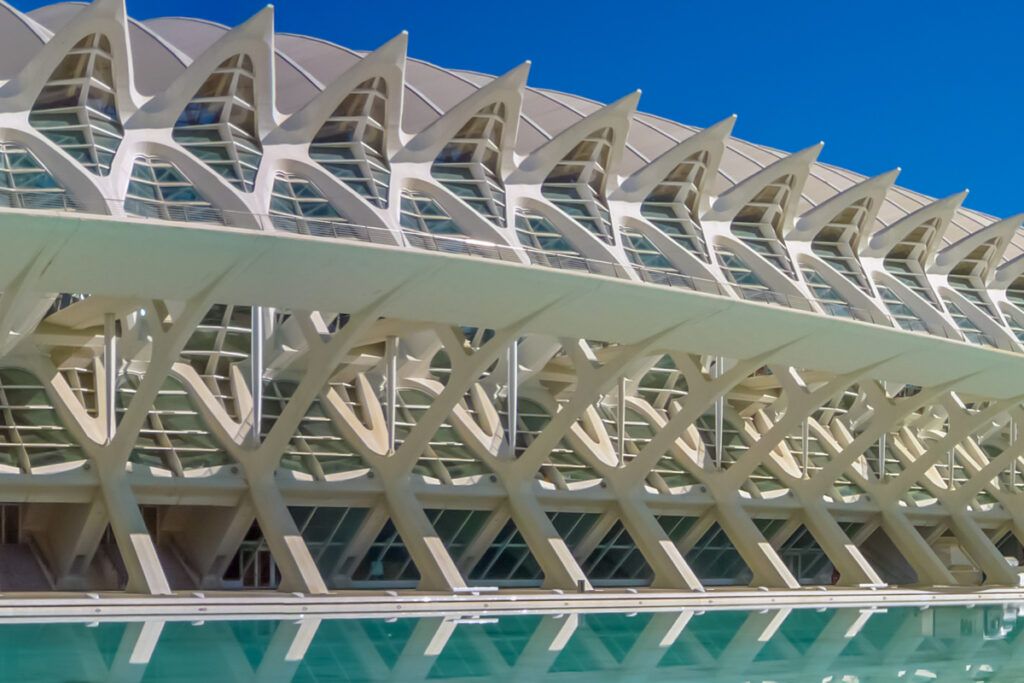
The Museu de les Ciències (Science Museum) in Valencia is a true paradise for science enthusiasts. It is located in the Ciudad de las Artes y las Ciencias complex and is one of the most important tourist attractions in Valencia. The Science Museum was opened to the public on November 13, 2000.
It occupies an area of 26,000 square meters and consists of several floors, each with different exhibitions. These exhibitions are interactive and educational, with the aim of bringing science closer to visitors in an accessible and interesting way. The Science Museum has exhibitions on various topics, from biology and physics to technology and the environment. Each exhibition is designed to help visitors learn something new while having fun
Oceanogràfic

The Oceanogràfic in Valencia is the largest aquarium in Europe and is part of the Ciudad de las Artes y las Ciencias complex. It is a true tribute to the seas and oceans of our planet, containing large aquariums that faithfully reproduce the most important marine ecosystems.
The Oceanogràfic consists of different buildings, each representing different marine ecosystems, such as the Mediterranean Sea, wetlands, temperate and tropical zones, seas, oceans, Antarctica, the Arctic, islands, and the Red Sea. Each of these places is home to many species of animals that live in these ecosystems. One of the most impressive elements of the Oceanogràfic is the underwater tunnel, which allows visitors to walk “underwater” and observe marine life up close. Other attractions include a dolphin show, gardens, restaurants, and shops
Palau de les Arts
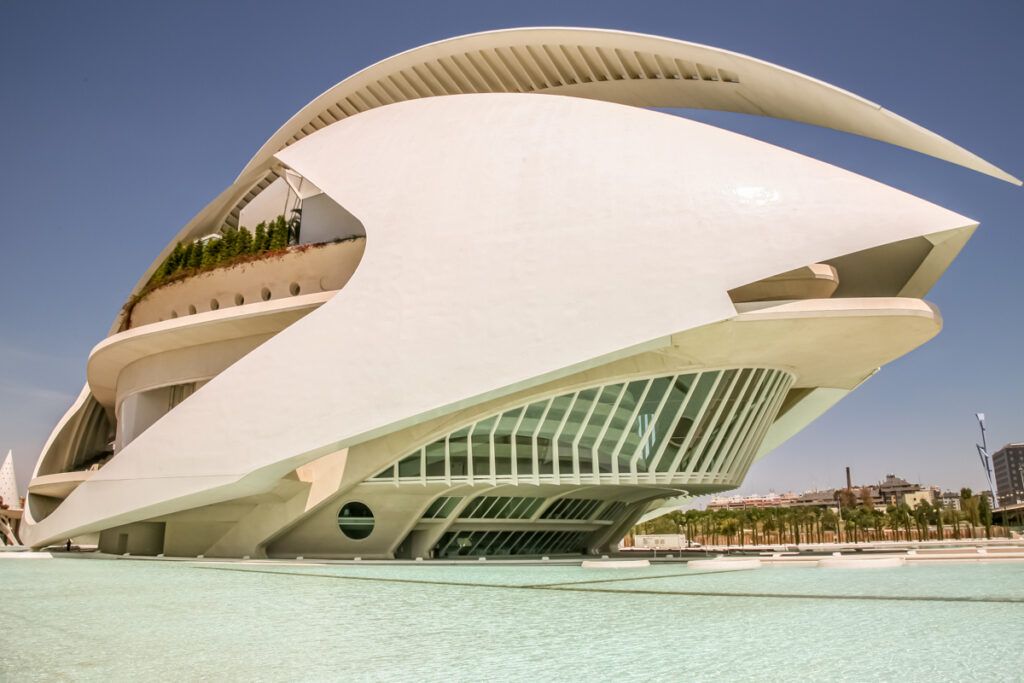
Palau de les Arts Reina Sofía is a unique place in Valencia that is a true gem for music lovers. It is located in the Ciudad de las Artes y las Ciencias complex and is one of the most important tourist attractions in Valencia.
This building, designed by the renowned architect Santiago Calatrava, was opened to the public on October 8, 2005. Its futuristic architecture and modern amenities make it one of the most important places on the cultural map of Spain. Palau de les Arts Reina Sofía is a place where numerous concerts, recitals, and music festivals take place. The programs include various genres of music, from classical music, through jazz, to contemporary music. Inside, there is a main concert hall that can accommodate over 1400 people. It is the place where the most important musical events in Valencia take place.
Ágora
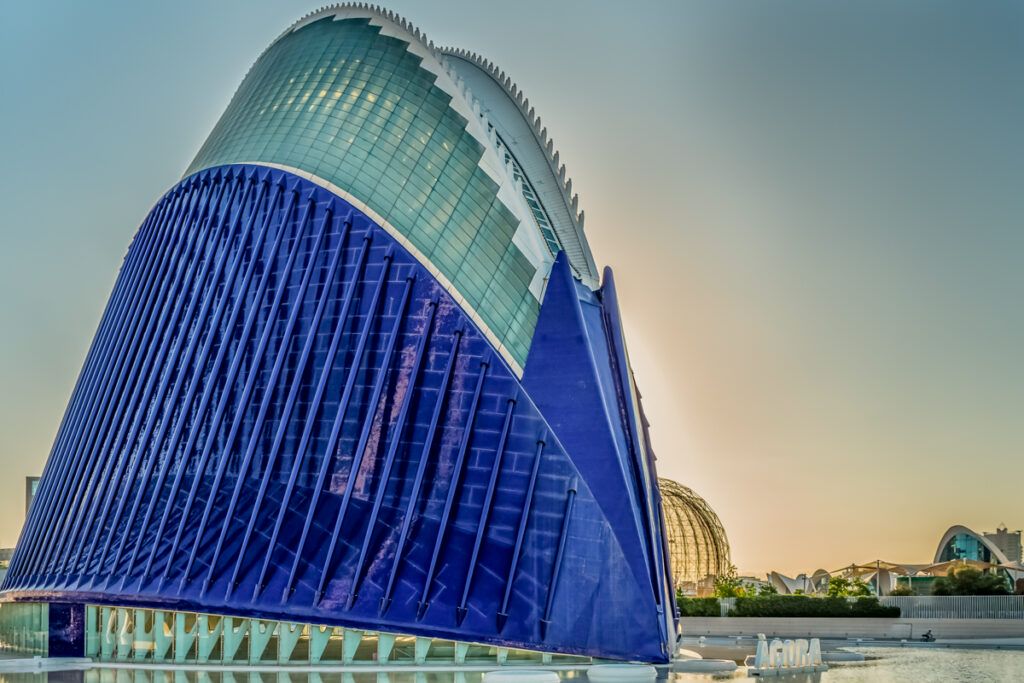
Ágora is an impressive structure located in the Ciudad de las Artes y las Ciencias complex in Valencia. Designed by the renowned architect Santiago Calatrava, Ágora is a multifunctional covered space that serves as a meeting place and event center.
The building has a unique, futuristic design that resembles two hands intertwined. Its structure is metallic and covered with purple glass, which gives it a unique character. The building is 80 meters high and has an area of 5000 square meters. Inside Ágora, various events take place, such as concerts, exhibitions, congresses, and others. The building is also used as a meeting place for professionals, companies, and organizations from various sectors.
Address: Avenida del Professor López Piñero, 7, 46013 Valencia, Spain.
Ciudad de las Artes y las Ciencias is a place that every tourist visiting Valencia should see. It is a true center of science and culture that offers many attractions for people of all ages.

